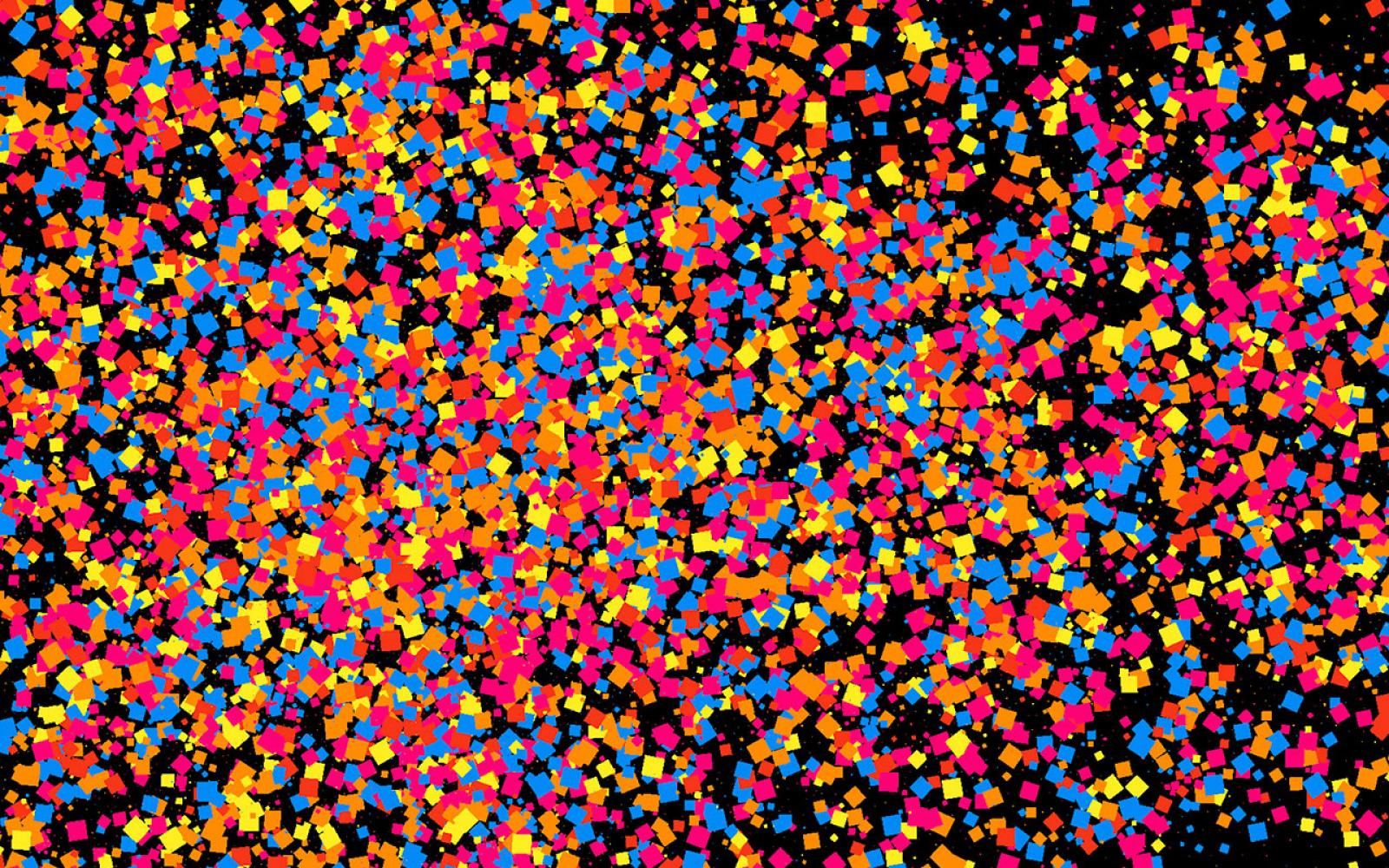Machine learning for active matter
The availability of large datasets has boosted the application of machine learning in many fields and is now starting to shape active-matter research as well. Machine learning techniques have already been successfully applied to active-matter data—for example, deep neural networks to analyse images and track objects, and recurrent nets and random forests to analyse time series. Yet machine learning can also help to disentangle the complexity of biological active matter, helping, for example, to establish a relation between genetic code and emergent bacterial behaviour, to find navigation strategies in complex environments, and to map physical cues to animal behaviours. In this Review, we highlight the current state of the art in the application of machine learning to active matter and discuss opportunities and challenges that are emerging. We also emphasize how active matter and machine learning can work together for mutual benefit.
Stay in the loop.
Subscribe to our newsletter for a weekly update on the latest podcast, news, events, and jobs postings.




